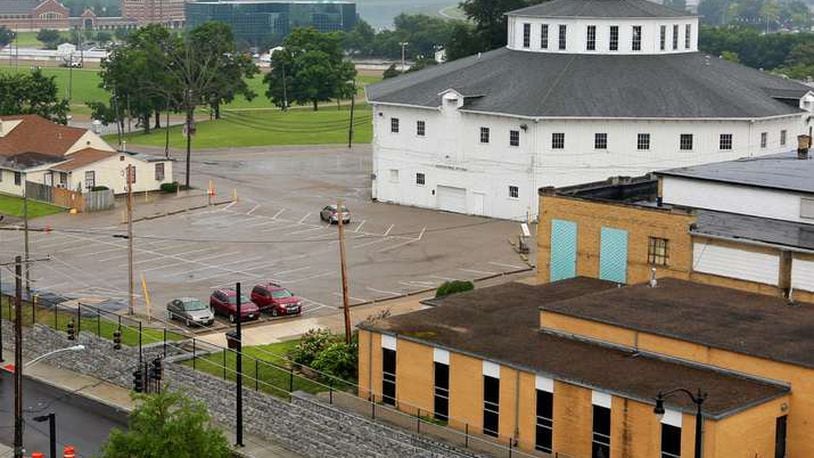Mixed-income housing is at the top of some people’s wish lists for the fairgrounds. Some citizens want developers to retain part of the site’s history by renovating and repurposing the roundhouse.
Several visitors said they hope the fairgrounds development does not poach business from other parts of the city, including Brown Street by the University of Dayton.
“I don’t want to be possessive about it, but a lot of people worked real hard to make it is what it is today,” said Steve Schmidt, owner of Second Time Around, a music and video store on Brown Street.
One speaker said he did not want public dollars to be used for the project, while another urged the city and Montgomery County to protect their financial exposure through safeguards built into a development or purchase agreement.
The annual county fair is searching for a new home and is considering relocating to Huber Heights.
Developers have until Sept. 23 to submit proposals for the 37-acre property. But four potential buyers emerged: Synergy & Mills Development in Beavercreek, Thompson Thrift in Indiana and Dayton-based firms Miller-Valentine Group and Woodard Development.
On Monday evening, city staff hosted a public meeting at Goodwill Easter Seals Miami Valley, 660 S. Main St., to share information about the redevelopment efforts and collect feedback from neighbors and other interested parties and stakeholders.
Several visitors submitted comment cards indicating they would like to see mixed-income housing at the fairgrounds.
Lela Klein, 37, who lives in South Park, said she does not want the fairgrounds to become an isolated pocket of high-cost housing. She and some other speakers said they hope affordable housing will be incorporated into the plans so the project benefits the whole community and not just affluent residents.
The fairgrounds development should be equitable, diverse and help connect and unify other parts of the city, said Amy Lee, president of Historic South Park Inc. This is a chance to create something special and unconventional that stands out, and the project definitely should not have a suburban feel or design, Lee said.
“We should take advantage of (this), and make this something that is really distinct and recognizably Dayton,” she said.
A couple of attendees said they hope the development creates jobs that pay a living wage and the developer uses local contractors.
Several people said they want assurances the development will bring in jobs and businesses and not simply steal them from other parts of Dayton.
Mike Schommer, president of the Walnut Hills Association, said he does not want public dollars to be used to pay for the project. He said he hopes the free market decides what is built on the property and the public partners do not force inappropriate land uses.
“We have more residential units in this city than there are people to occupy them,” he said.
About the Author
